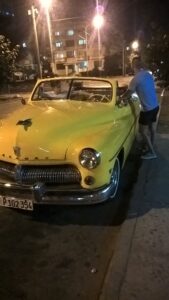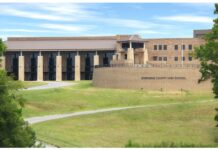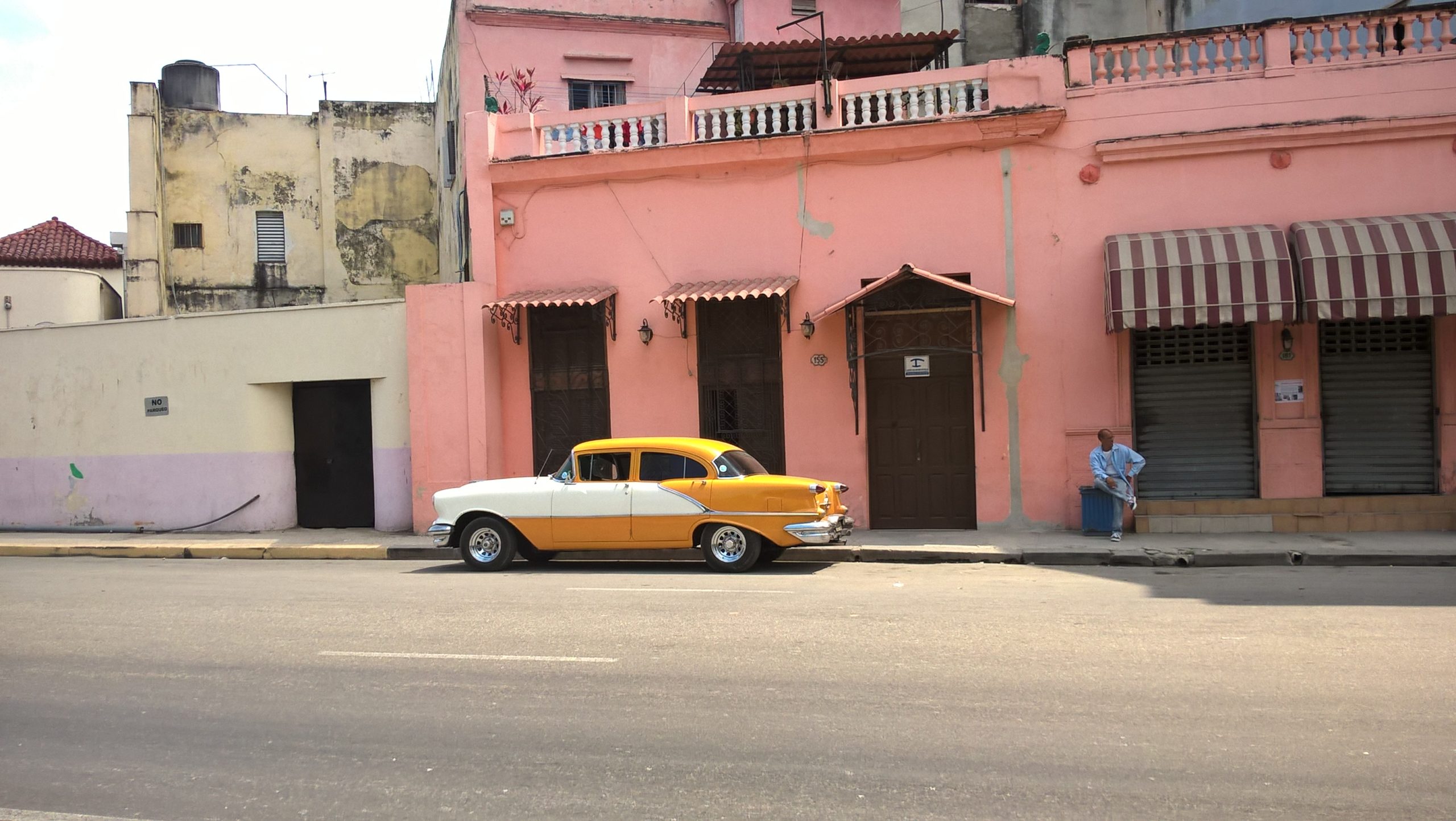
Perhaps the most iconic images associated with modern Cuba are the classic American made automobiles from the 1940s and 50s. An ironic piece of Americana history, considering the 56 year-long embargo imposed by the US Congress, following the nuclear missile crisis and international contretemps between President John F. Kennedy, Cuban President Fidel Castro and USSR President Nikita Khrushchev.
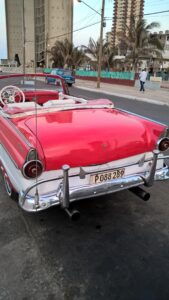 Most cars in Cuba prior to the embargo in 1961 were made in America, since it was just a short barge trip from Miami to Havana. Why ship more expensive Datsun’s, VWs, and Fiats across the Atlantic from Europe? But there was a growing number of Russian made vehicles in the late 1950s.
Most cars in Cuba prior to the embargo in 1961 were made in America, since it was just a short barge trip from Miami to Havana. Why ship more expensive Datsun’s, VWs, and Fiats across the Atlantic from Europe? But there was a growing number of Russian made vehicles in the late 1950s.
The colorful collection of convertible Cadillac’s, wide Pontiac’s, and clever Chevy coups make up a significant number of Cuban automobiles. Alongside them are Kia’s, Nissan’s, and BMW’s…but the vintage American made cars are what gets international attention, their brightly painted body’s help, as well.
More often than not, the cars have become independent Taxis, owned and operated as small businesses by young men between the ages of 18 and 30, typically. While many Americans believe that no businesses in Cuba are privately owned, the fact is, about 20% of businesses are privately owned. These tend to be Taxis, small restaurants and Bodegas/stores. Raul Castro, Fidel’s younger brother, has been expanding private business ownership at a rapid rate, since normalization began in January 2014.
 Since January 2016, when visitation by Americans was significantly expanded by the US Treasury Department, even American corporations are beginning to set up shop on the Caribbean’s largest island, just off the Florida coast. Recently, Starwood Hotel chain received approval to convert three existing Cuban hotels (Hotel Inglaterra, Hotel Quinta Avenida, Hotel Santa Isabel) to their property inventory. Marriott is right behind.
Since January 2016, when visitation by Americans was significantly expanded by the US Treasury Department, even American corporations are beginning to set up shop on the Caribbean’s largest island, just off the Florida coast. Recently, Starwood Hotel chain received approval to convert three existing Cuban hotels (Hotel Inglaterra, Hotel Quinta Avenida, Hotel Santa Isabel) to their property inventory. Marriott is right behind.
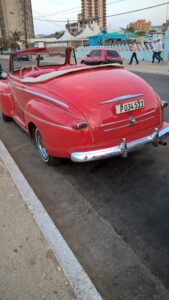 So, one has to ask the question: Where do classic American car owners in Cuba obtain engine and body parts for 1940s and 1950s American made automobiles, during a 56 year embargo on anything shipped outside the US? Cuban metal fabricators, metal shops and machinists have been busy making fenders, bumpers, clutch assemblies, and repeated valve jobs on engines for six decades. In addition, parts you can not see, brakes, mufflers, carburetors, air conditioners have been borrowed from Russian and European made cars. Ingenuity is the mother of invention. And the cars look great!
So, one has to ask the question: Where do classic American car owners in Cuba obtain engine and body parts for 1940s and 1950s American made automobiles, during a 56 year embargo on anything shipped outside the US? Cuban metal fabricators, metal shops and machinists have been busy making fenders, bumpers, clutch assemblies, and repeated valve jobs on engines for six decades. In addition, parts you can not see, brakes, mufflers, carburetors, air conditioners have been borrowed from Russian and European made cars. Ingenuity is the mother of invention. And the cars look great!
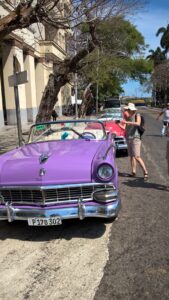 There are an estimated 175,000 cars in Cuba, with about 60,000 of those being classic American made automobiles. And when you are driving alongside the Malecon, the historic five mile long seawall, it appears that 1/3 of all cars that zoom by are Fords, Chevrolet’s or Cadillac’s.
There are an estimated 175,000 cars in Cuba, with about 60,000 of those being classic American made automobiles. And when you are driving alongside the Malecon, the historic five mile long seawall, it appears that 1/3 of all cars that zoom by are Fords, Chevrolet’s or Cadillac’s.
Pride of owning a classic American made car as a Taxi or just one’s personal automobile is high on the list of young people in Cuba. It is a tangible status symbol. Young men are constantly shinning the fenders and hoods with soft rags, and offering tourists an opportunity to take a photograph or a ride in the colorful cars. We have to remember, Cuba did not initiate the embargo, the US did. Cuba has been receiving and entertaining world tourists every day of the lengthy American embargo.
 Soon, many Americans will fly into Havana onboard Delta or American Airlines (Carnival Cruise Line’s, Adonia, recently made port there), and this fall a new ferry service will begin between Havana and Miami sea port.
Soon, many Americans will fly into Havana onboard Delta or American Airlines (Carnival Cruise Line’s, Adonia, recently made port there), and this fall a new ferry service will begin between Havana and Miami sea port.
But American cars are not the only classic American icons to see in Cuba. Writer Ernest Hemingway made his home in Cuba, near Havana, between 1939 and 1960, when the embargo drove the author to Idaho, where he died of a self-inflicted gun shot wound a year later. In part three of this Now Habersham series, Hemingway’s boat Pilar will be paid a visit.
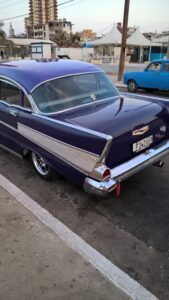 We will focus on the Fighting Chair on the back of Pilar where the prolific writer strapped himself in to hook Marlin and Sailfish. We will also look at his younger son Gregory, a transgendered medical doctor, who was not often invited to the boat, and particularly, to sit in the Fighting Chair.
We will focus on the Fighting Chair on the back of Pilar where the prolific writer strapped himself in to hook Marlin and Sailfish. We will also look at his younger son Gregory, a transgendered medical doctor, who was not often invited to the boat, and particularly, to sit in the Fighting Chair.

